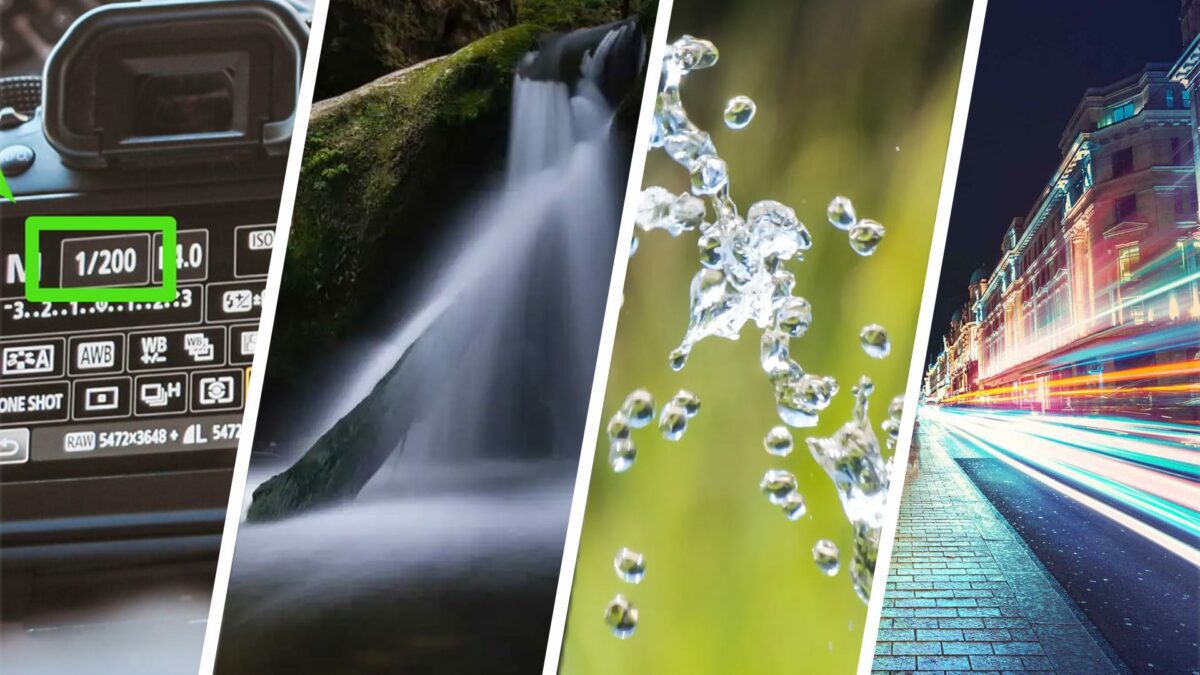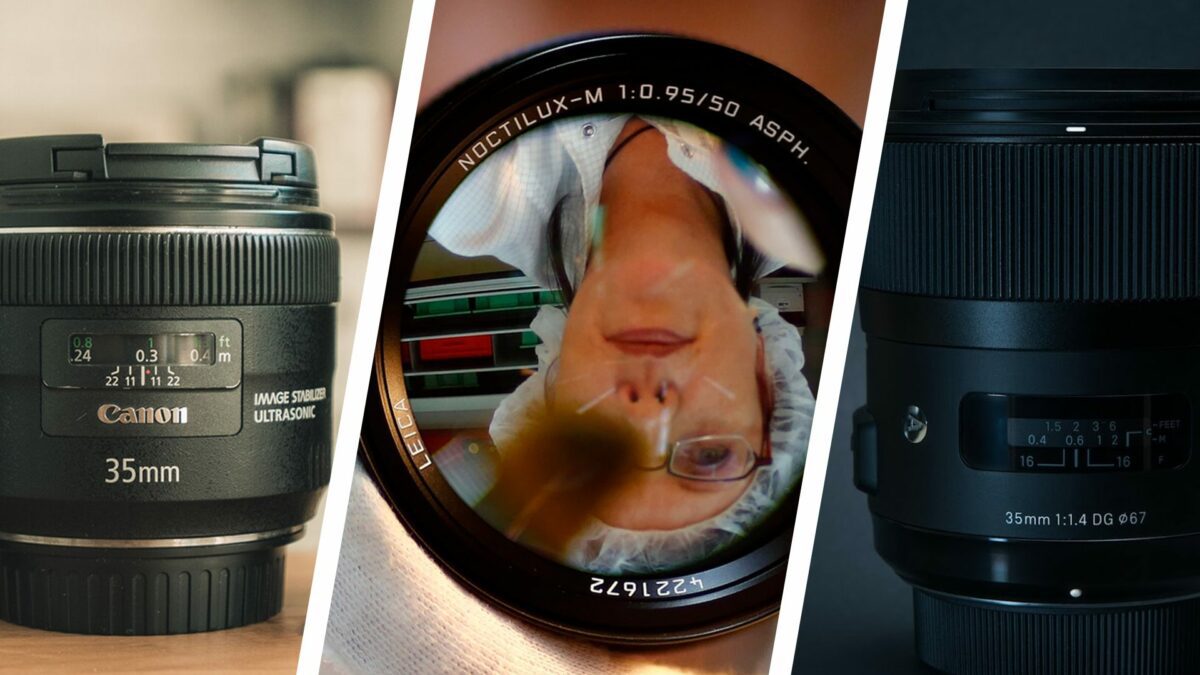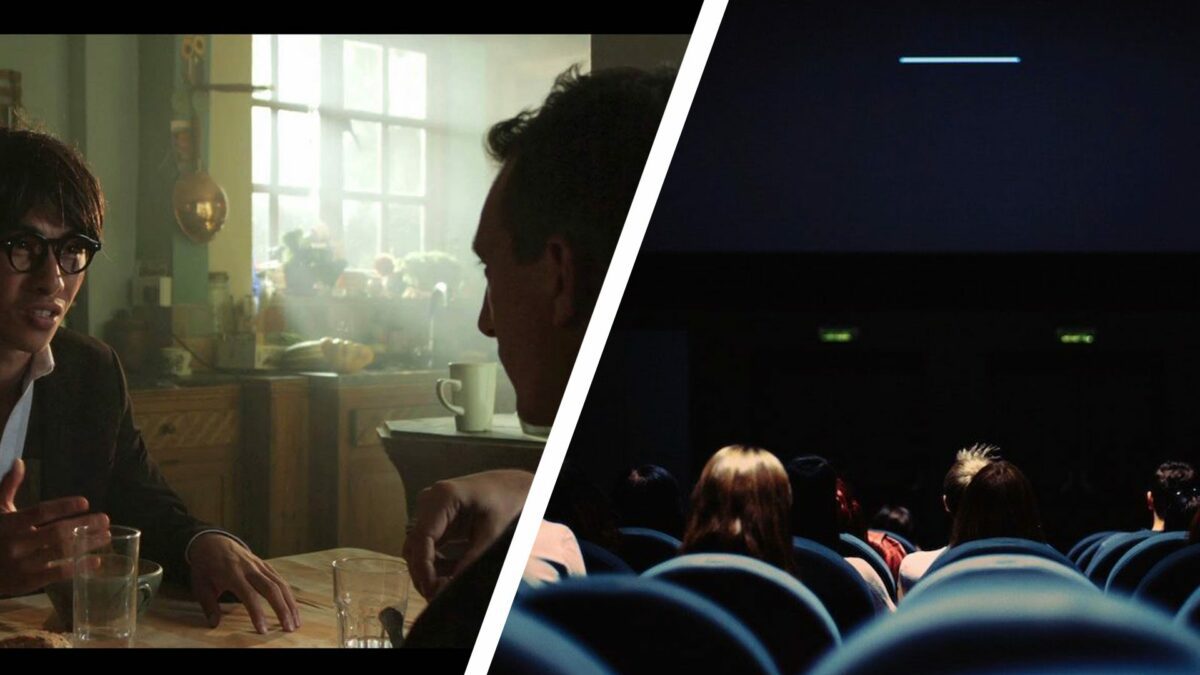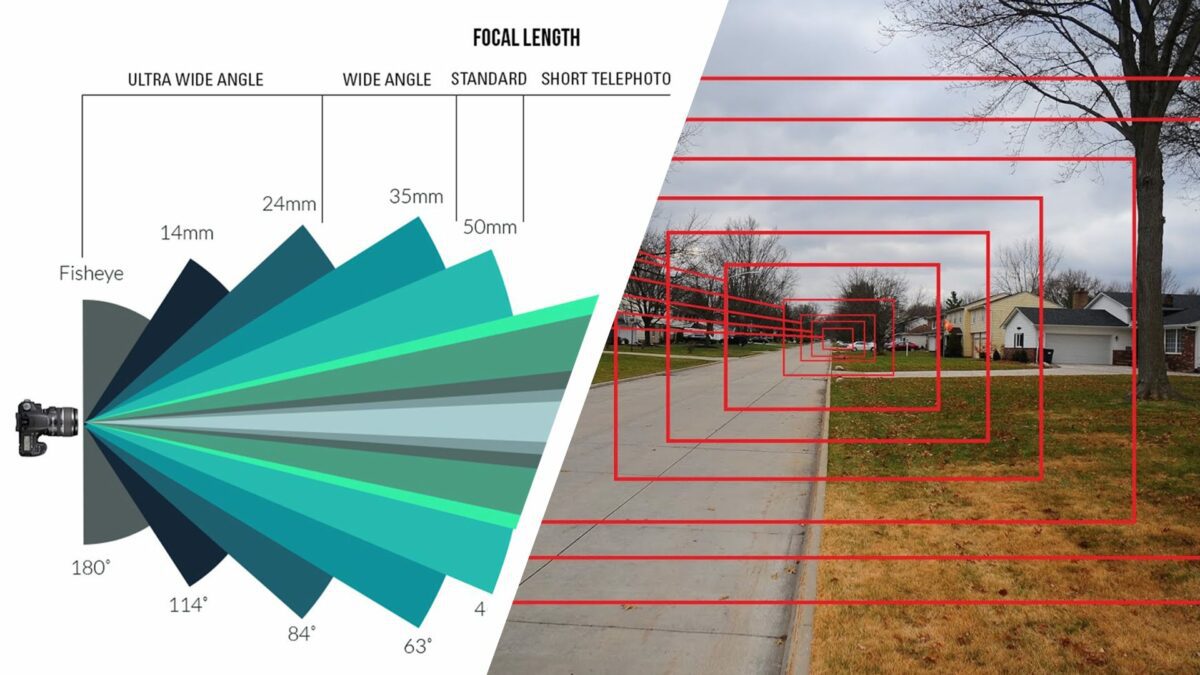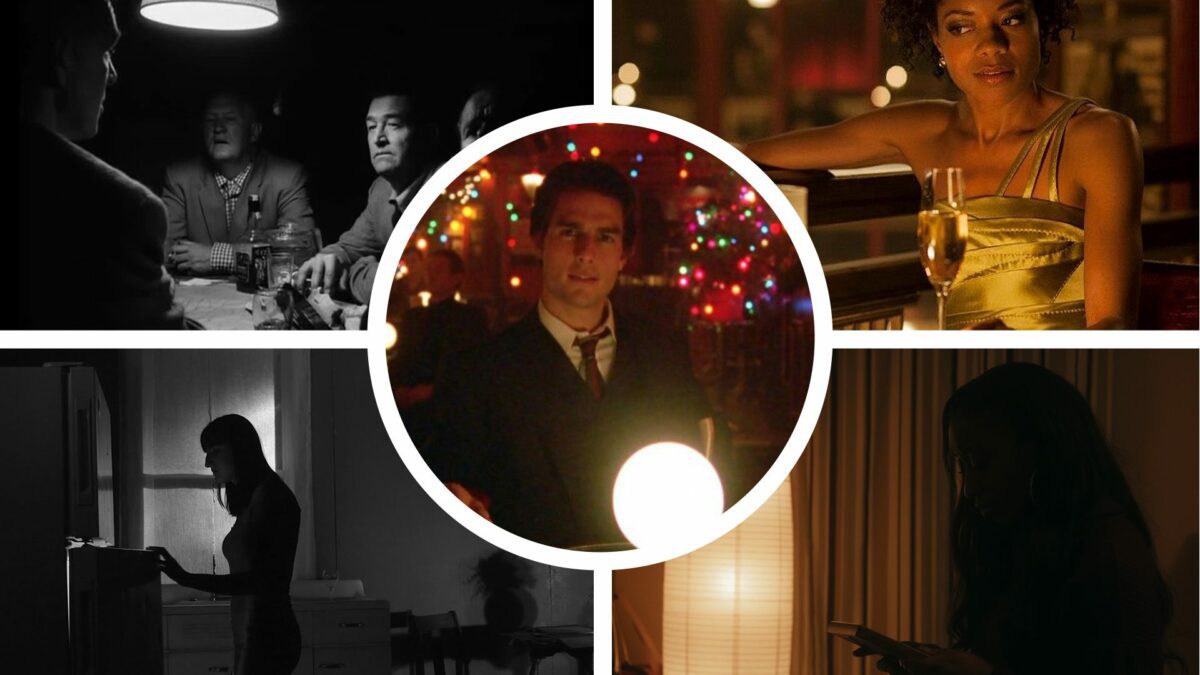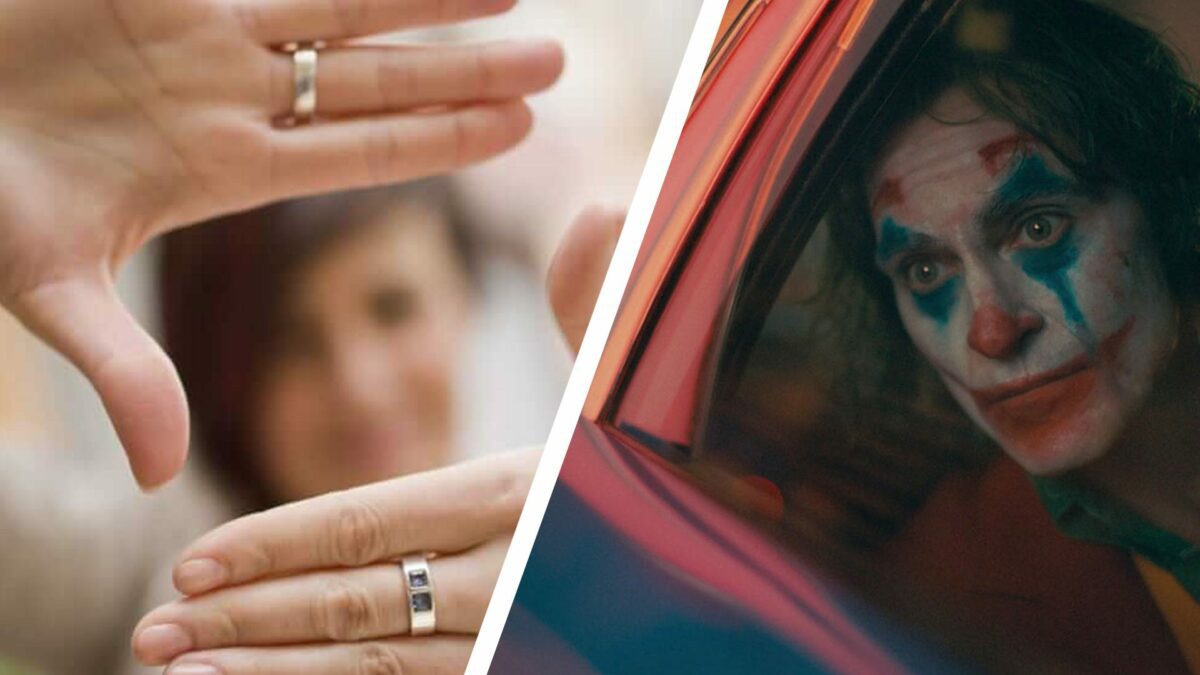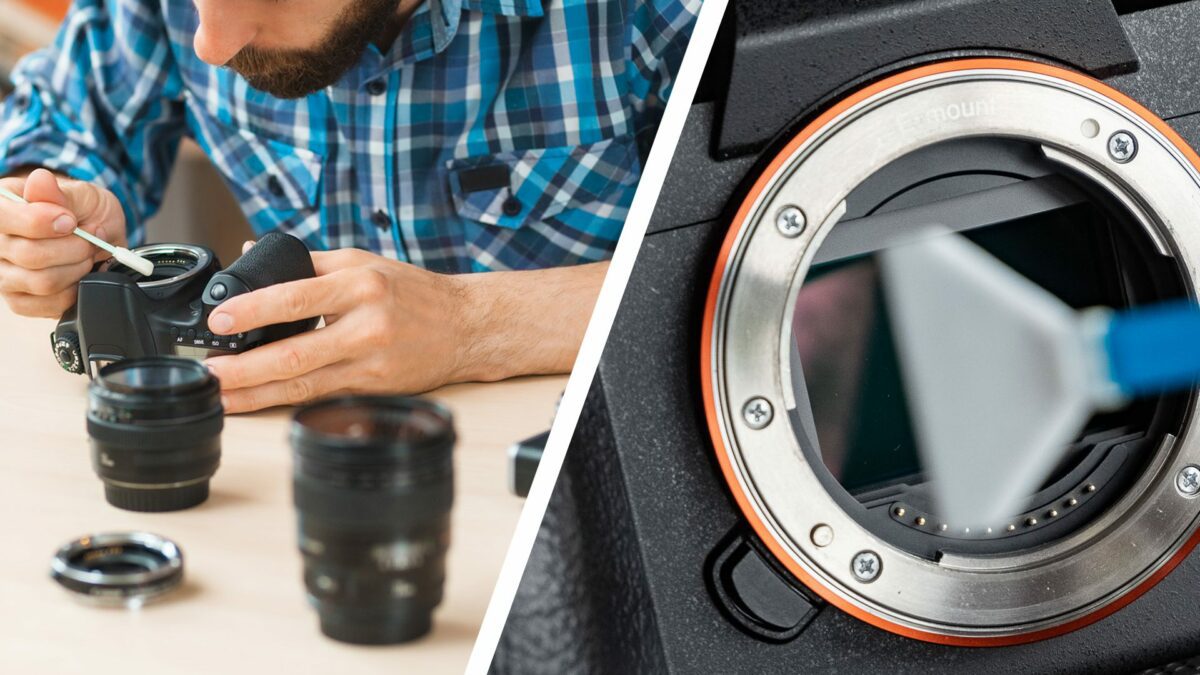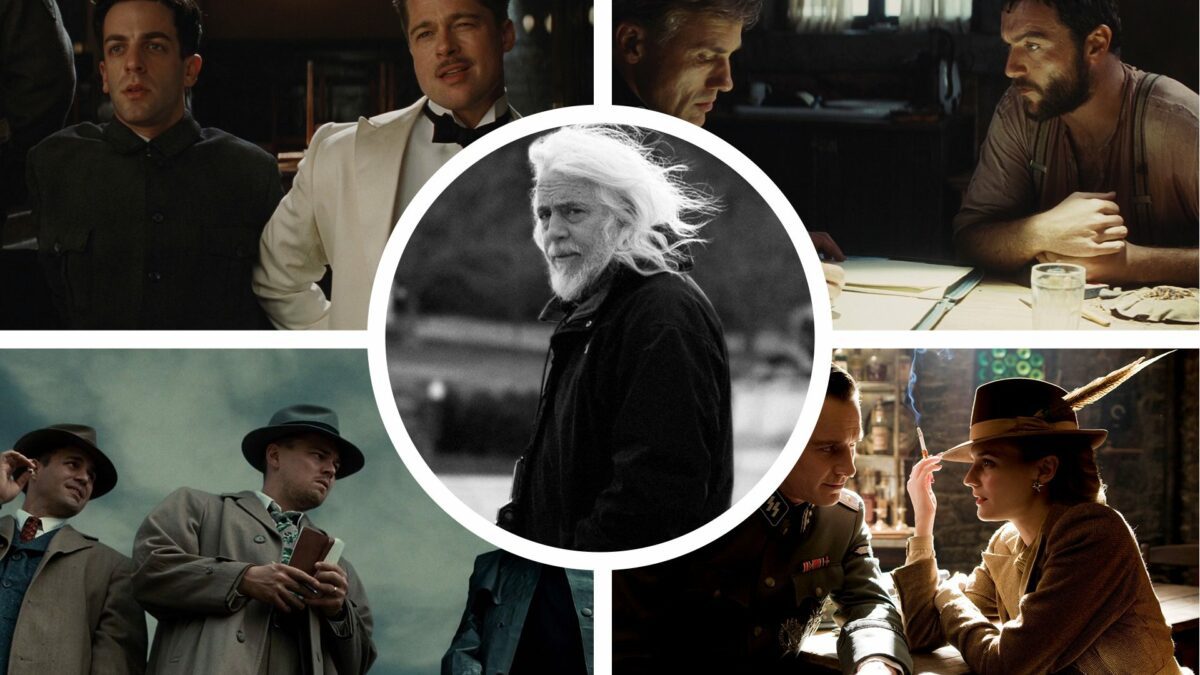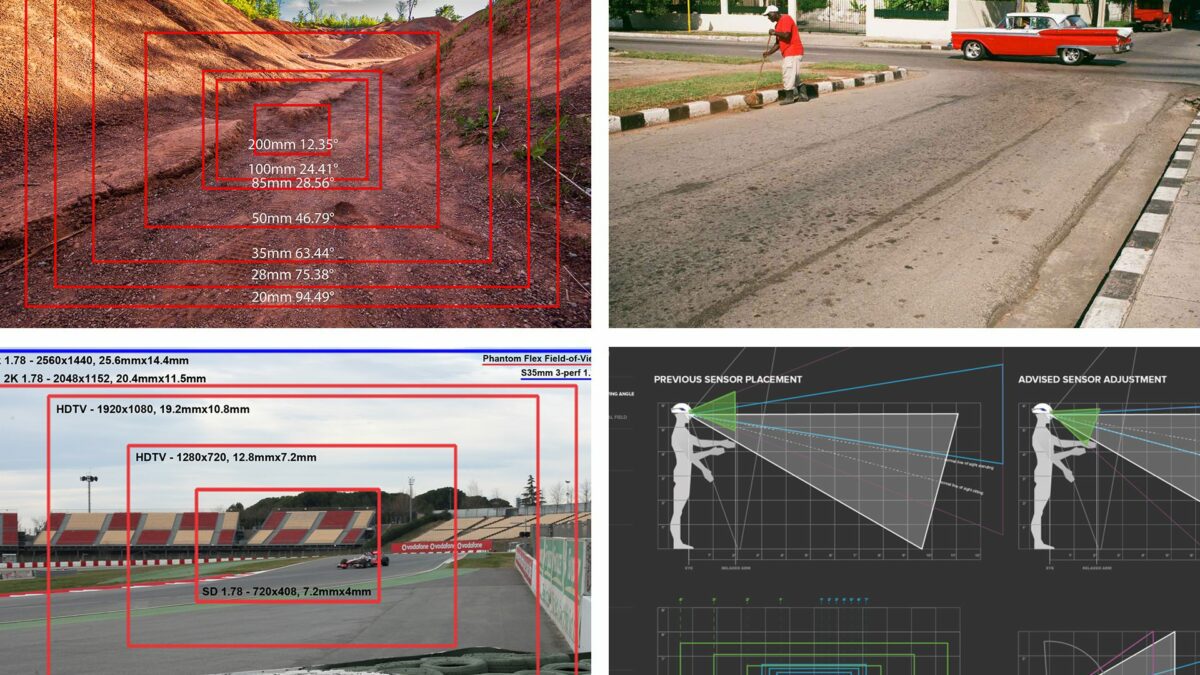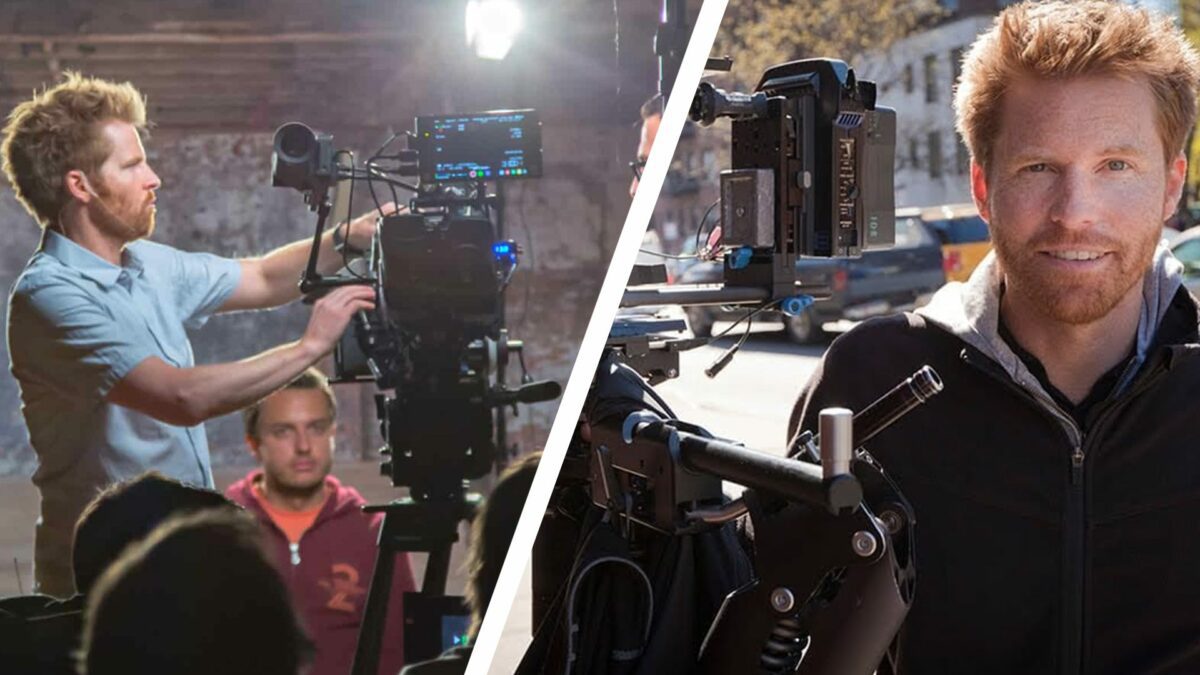What Is Shutter Speed: The Complete Guide
“What is shutter speed?” is a common question for photographers. Shutter speed refers to the amount of time a camera’s shutter will remain open to capture an image. If you have ever taken a picture and noticed that it was blurry, this is likely because…
What Is A Normal Lens In Film Production? Definition & Examples
A normal lens has a focal length approximately equal to the diagonal measurement of the film format or sensor size The concept of the normal lens is based on a particular type of perspective that is generally regarded as natural for human vision. This “normal…
What Is 16:9 Aspect Ratio? Why Is Widescreen So Popular
The 16:9 aspect ratio has become the standard for HDTVs, Blu-ray players and other consumer electronics. The ratio represents the number of vertical pixels to horizontal pixels. For example, an HDTV with a 16:9 aspect ratio will have 1920 lines of vertical resolution to 1080…
What Is Focal Length: Pro Guide To Using Camera Lenses
In photography, focal length is the distance in mm between the sensor and the point at which light rays converge to form an image. Focal length also describes what angle of view your lens covers, which is a function of the lens design. The focal…
What Is Practical Lighting In Film: Everything You Need To Know
Practical lighting isn’t just a term thrown around on film sets; it’s a key ingredient that brings authenticity to every scene. We’re talking about those light sources that are visible on screen and play a significant role in the storytelling, from a flickering candle to…
What Is Focus Breathing In Film Production: A Complete Guide
focus breathing is the term used to describe what happens when you adjust focus while filming, and it refers to the focal length of a lens expanding or contracting. The problem with focus breathing is that it makes the frame feel like its zooming in,…
How To Clean Camera Sensor Effectively & Efficiently [With Tutorial]
Want to know how to clean camera sensor? A dirty camera sensor can ruin a photo, and cleaning it by yourself may seem scary. Don’t worry, check out our guide on how to clean your camera sensor safely A clean camera sensor is essential to…
Robert Richardson Cinematography Style: A Look At One Of The Masters
Robert Richardson is a talented cinematographer who’s been nominated for three Academy Awards. When reading about his work, I was struck by some common elements in his projects. Here are a few things that he does, that you can use to improve your own videos….
What Is Field Of View (FOV): A Look At This Important Aspect Of Photography & Cinematography
Photography is a subject where you can easily get lost in jargon and technicalities. But some of the concepts are fundamental to understanding how a camera works. One such concept is Field Of View or FOV for short. In this guide, I will demystify the…
Alex Buono Cinematography: Learning From a Modern Master
In the world of cinematography, Alex Buono stands out as a visual storyteller whose work has captivated audiences for years. From his Emmy-nominated contributions to “Saturday night Live” to his masterful documentary techniques, Buono’s style is both versatile and unmistakable. We’ll jump into the techniques…

